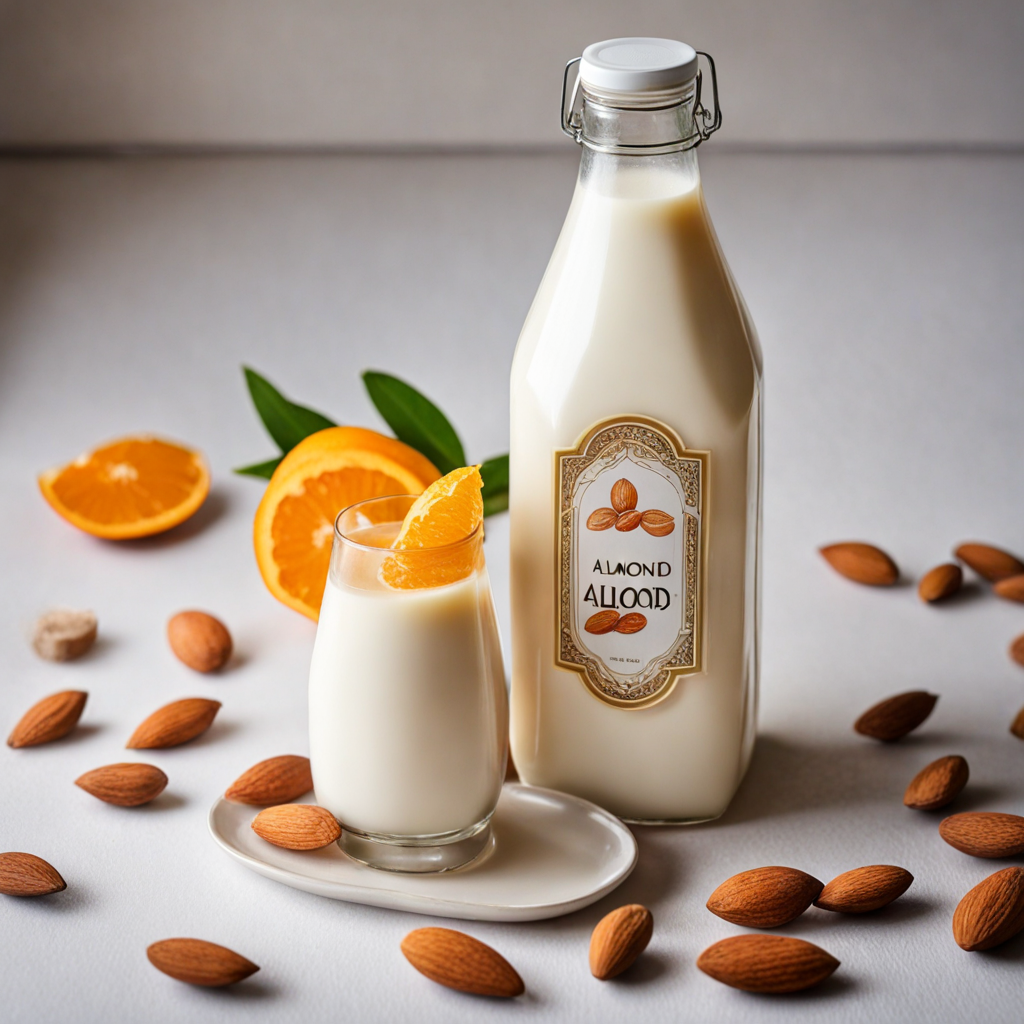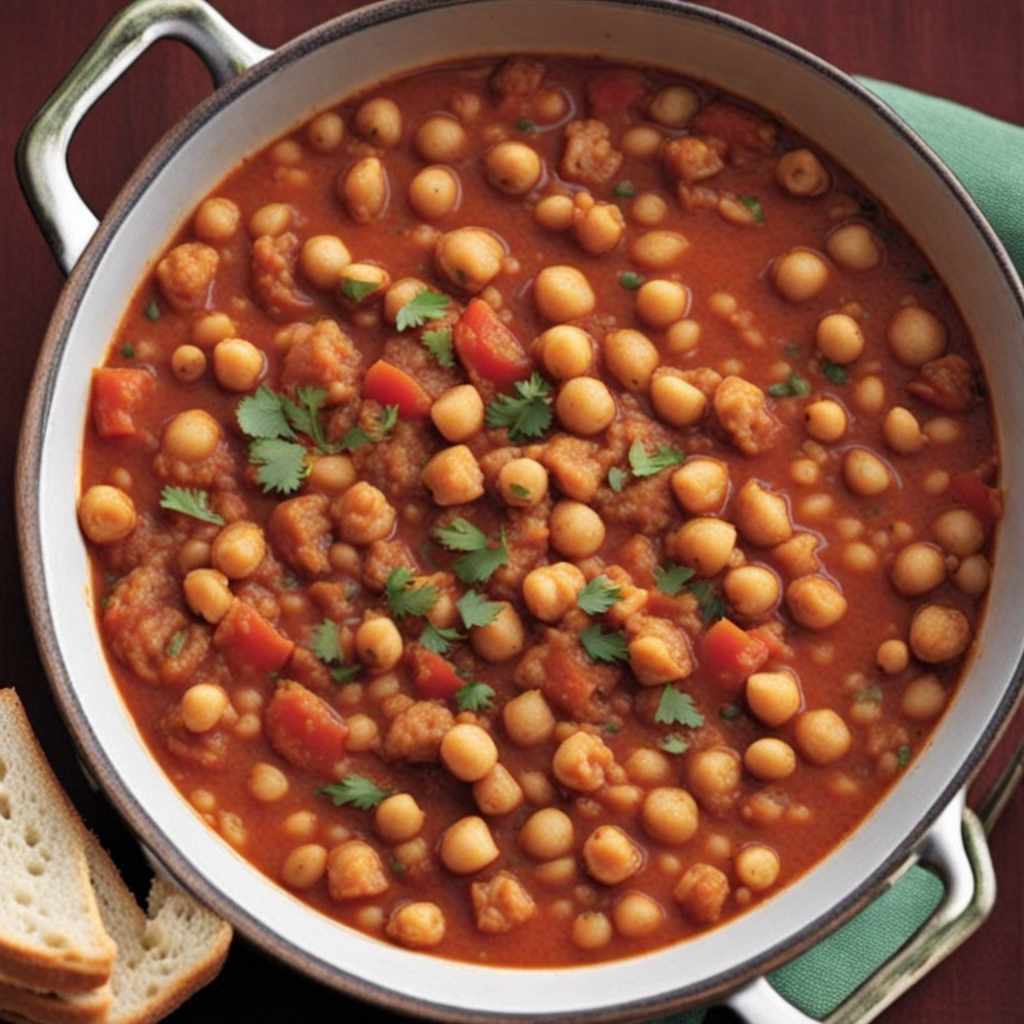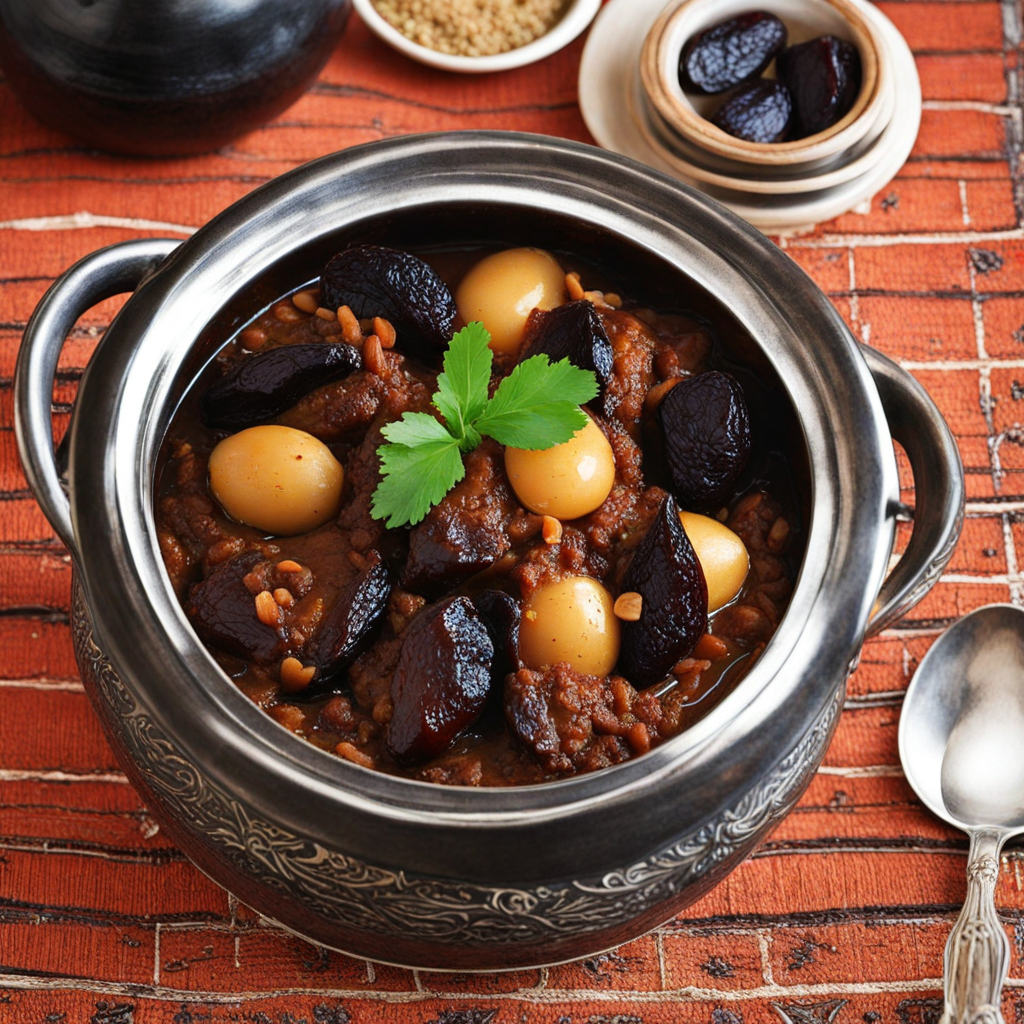Almond Milk
Almond milk, a cherished beverage in Moroccan culture, offers a unique taste experience that is both refreshing and rich in tradition. This creamy, plant-based milk is made by blending soaked almonds with water, resulting in a smooth and slightly sweet liquid that carries the nutty essence of almonds. The milk is often flavored with a touch of cinnamon or vanilla, enhancing its aroma and providing a warm, inviting flavor profile. It’s a delightful alternative to dairy milk, appealing to those seeking a lighter and more aromatic option for their beverages or cooking needs. In Morocco, almond milk is not just a drink but a part of various culinary practices. It can be enjoyed warm or cold, often served during special occasions or as a comforting morning beverage. The milk is sometimes sweetened with honey or sugar and paired with pastries and traditional Moroccan sweets, creating a harmonious blend of flavors that dance on the palate. The gentle sweetness and nutty undertones make it a versatile ingredient in both sweet and savory dishes, from creamy soups to desserts. Moreover, almond milk is celebrated for its health benefits, being naturally low in calories and rich in vitamin E, making it an excellent choice for those looking to maintain a balanced diet. In the context of Moroccan cuisine, it embodies the country’s emphasis on wholesome, fresh ingredients. As you explore the taste of almond milk, you'll find it evokes the warmth of Moroccan hospitality, inviting you to savor its subtle complexities and enjoy a taste of a rich culinary heritage.
How It Became This Dish
The History of حليب اللوز (Almond Milk) in Morocco #### Origins and Early Uses Almond milk, known as حليب اللوز (halib al-luz) in Arabic, has a rich history that transcends geographical boundaries. Its origins can be traced back to ancient civilizations around the Mediterranean, where almonds were cultivated for their nutritional value and versatility. The almond tree (Prunus dulcis) is believed to have been domesticated in the Middle East, particularly in regions that now encompass modern-day Iran and surrounding areas, around 3000 BCE. The earliest records of almond milk date back to the 9th century in the Iberian Peninsula, where Muslim scholars, such as Ibn al-‘Awwam, documented the preparation of plant-based milks, including almond milk, in their agricultural treatises. This culinary knowledge likely traveled from the Middle East through trade routes and cultural exchanges, eventually making its way to North Africa, including Morocco. #### Cultural Significance In Moroccan culture, حليب اللوز is more than just a beverage; it embodies a blend of tradition, hospitality, and health. Almonds are an essential component of Moroccan cuisine, celebrated for their nutritional benefits and their ability to thrive in the arid climate of the region. The versatility of almonds allows them to be used in both sweet and savory dishes, making them a staple ingredient in Moroccan households. Almond milk itself has been traditionally viewed as a refreshing and nutritious drink, especially during the hot months. It is often served during special occasions, family gatherings, and religious celebrations, symbolizing generosity and hospitality. The making of حليب اللوز is often a communal activity, where families come together to soak, blend, and strain the almonds, fostering a sense of togetherness and shared heritage. #### Preparation and Variations The preparation of حليب اللوز is a simple yet meticulous process that reflects the Moroccan way of life. Traditionally, whole almonds are soaked in water overnight to soften them. The next day, they are blended with fresh water, then strained through a fine cloth or sieve to separate the liquid from the almond pulp. This results in a creamy, pale beverage that can be enjoyed plain or sweetened with sugar, honey, or flavored with spices such as cinnamon and vanilla. In addition to its plain version, variations of حليب اللوز often include the addition of other ingredients. For instance, some families might infuse it with orange blossom water, which adds a fragrant twist, while others might blend it with fruits like dates or figs for a natural sweetness. Each family may have its own secret recipe, passed down through generations, which contributes to the rich tapestry of Moroccan food culture. #### Development Over Time As Moroccan society evolved, so did the consumption and preparation of حليب اللوز. The introduction of new ingredients and techniques influenced the way almond milk was made and consumed. With the advent of modern technology, the process has become more accessible, allowing for mass production and commercialization. Today, almond milk is available in various forms, including flavored varieties and fortified versions, catering to health-conscious consumers and those with dietary restrictions, such as lactose intolerance. In recent years, there has been a resurgence of interest in traditional foods and beverages, driven by a global movement towards health and wellness. Almond milk has gained popularity not only in Morocco but also worldwide, as people seek plant-based alternatives to dairy. This has led to the emergence of artisanal producers who focus on high-quality, organic almonds, promoting the notion of sustainable and ethical consumption. #### Nutritional Aspects From a nutritional standpoint, حليب اللوز is highly valued in Moroccan cuisine. It is low in calories, rich in vitamins (especially vitamin E), and offers healthy fats that are beneficial for heart health. The drink is also a source of antioxidants, which help combat oxidative stress. As more people become health-conscious, the demand for almond milk has increased, leading to a greater appreciation for its health benefits. Moreover, the use of حليب اللوز in Moroccan sweets and desserts, such as in pastries like غريبة (ghriba) or in the preparation of traditional dishes like البغرير (baghrir), showcases its culinary flexibility. The incorporation of almond milk into these recipes not only enhances flavor but also adds a nutritional element, appealing to both traditionalists and modern consumers alike. #### Contemporary Context In contemporary Moroccan society, حليب اللوز has found its place in cafes and restaurants, often served alongside traditional Moroccan mint tea. The drink is now often marketed as a health food, with various brands promoting its benefits for a modern audience. Additionally, it has become a staple in vegan and plant-based diets, resonating with a global audience seeking alternatives to dairy. The revival of interest in traditional foods also coincides with the rise of local artisanal products. Many Moroccan families are returning to traditional methods of preparing حليب اللوز, emphasizing organic, locally sourced ingredients. This trend not only supports local agriculture but also helps preserve culinary heritage and knowledge. #### Conclusion The journey of حليب اللوز from its ancient origins to its modern-day popularity encapsulates the rich tapestry of Moroccan culture and cuisine. As a symbol of hospitality and tradition, almond milk continues to hold a significant place in Moroccan society. Its preparation fosters community bonds, its consumption celebrates cultural heritage, and its nutritional benefits address contemporary health needs. In a world increasingly focused on sustainability and health, حليب اللوز serves as a delicious reminder of the past while also paving the way for a future where traditional foods can thrive alongside modern culinary innovations. Whether enjoyed on its own, blended into desserts, or shared with family and friends, حليب اللوز remains an integral part of Morocco's culinary identity, bridging the past with the present and future. As we sip this creamy beverage, we partake in a history that is as rich and flavorful as the land from which it comes.
You may like
Discover local flavors from Morocco







